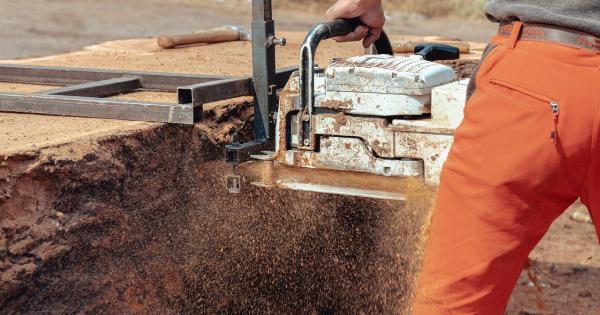Crate training can be an effective way to train your dog and provide them with a safe and secure space of their own. However, it is important to follow certain guidelines to ensure that the process is done correctly.
In this article, we will discuss the dos and don’ts of crate training to help you create a positive and successful experience for your furry friend.
1. Do Choose the Right Crate Size
When crate training your dog, it is crucial to select the right crate size. The crate should be large enough for your dog to stand up, turn around, and lie down comfortably.
However, it should not be too spacious, as dogs tend to feel secure in enclosed spaces. Choosing the appropriate crate size will prevent accidents and promote a sense of security.
2. Don’t Use the Crate for Punishment
Avoid using the crate as a form of punishment. The purpose of crate training is to create a positive association with the crate, where your dog feels safe and calm.
Using it as a punishment can create fear and anxiety, making the training process ineffective and stressful for your dog.
3. Do Make the Crate Welcoming
To make the crate appealing, create a cozy and comfortable environment inside. Use soft bedding or blankets to make it inviting. You can also include some of your dog’s favorite toys or treats to associate the crate with positive experiences.
4. Don’t Leave Your Dog in the Crate for Extended Periods
While crate training is useful, it is essential not to leave your dog in the crate for excessively long periods. Dogs require regular exercise, social interaction, and bathroom breaks.
Prolonged confinement can cause your dog to become restless, anxious, or develop behavioral issues. Ensure you provide ample opportunities for your dog to stretch their legs outside the crate.
5. Do Use Positive Reinforcement
Positive reinforcement is key to successful crate training. Reward your dog with treats, verbal praise, or playtime whenever they enter the crate willingly or remain calm inside.
This positive association will help your dog view the crate as a desirable space.
6. Don’t Force Your Dog into the Crate
Forcing your dog into the crate can lead to negative associations and resistance. Encourage your dog to enter the crate voluntarily by luring them with treats or their favorite toys.
Patience and consistent positive reinforcement will pave the way for a happy and cooperative crate training experience.
7. Do Gradually Increase Crate Time
Start by gradually increasing the amount of time your dog spends in the crate. Begin with short durations, gradually working your way up.
This approach helps your dog develop a positive association with the crate, preventing any feelings of confinement or distress.
8. Don’t Leave Collars or Harnesses on in the Crate
While crate training, it is essential to remove collars or harnesses from your dog. These accessories can pose a safety risk and potentially get caught on the crate, causing injury.
Additionally, removing such items provides a more comfortable and relaxed experience for your dog.
9. Do Establish a Routine
Establishing a consistent routine is crucial in successful crate training. Set specific times for meals, exercise, playtime, and crate sessions. Dogs thrive on routine and will adapt more quickly to crate training when it is part of their daily schedule.
10. Don’t Ignore Distress Signals
Dogs communicate distress signals when they are anxious or uncomfortable. It is essential to pay attention to these signals and address them promptly. Consistently monitor your dog’s behavior during crate training and make adjustments if needed.
Ignoring distress signals can lead to prolonged anxiety and hinder the training process.
























